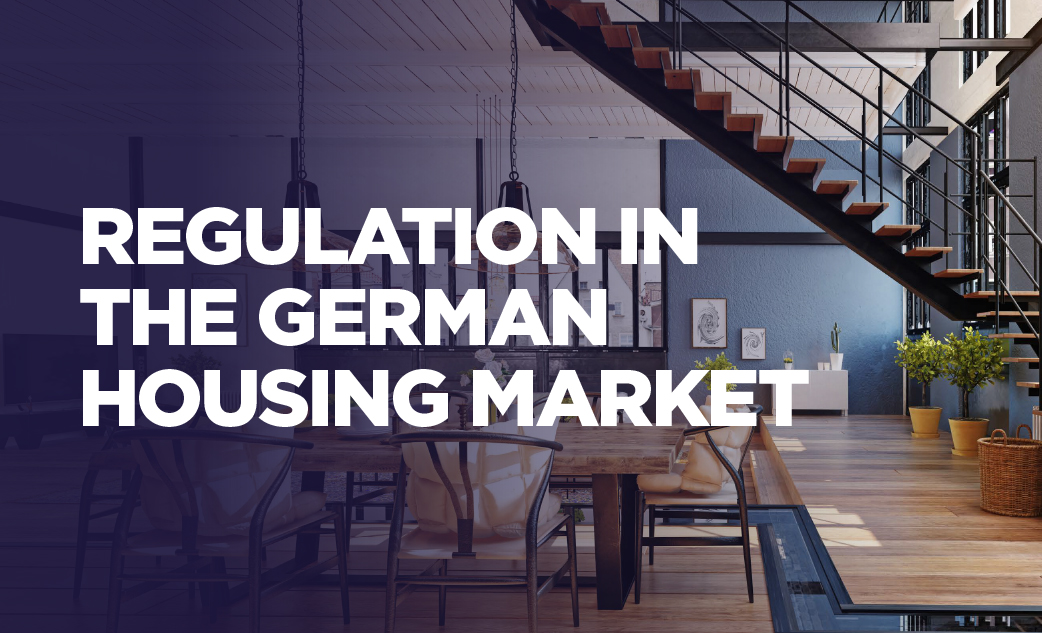According to research by the international real estate consultancy firm Cushman & Wakefield (C&W), German residential real estate transaction volume amounted to around EUR 50.5 billion in 2021. This significantly exceeded the previous record set in 2015.
Portfolio transactions and corporate takeovers drive transaction volume
Large-volume portfolio transactions dominated 2021. In particular, the takeovers of Deutsche Wohnen by Vonovia and Akelius by Heimstaden ensured high transaction volumes. In addition, there were over 100 transactions in the range of more than EUR 100 million, mainly in the top-7 German cities. The proportion of German capital was around 70 percent overall.
Development projects also sought after outside the Top 7
Development projects have attracted more attention throughout Germany, even outside the A-cities. Whereas in the past they were mainly traded in the top-7 cities, last year more than half of the development project transaction volume was contributed by deals elsewhere. Only the continuing shortage of supply, which also generally applies to development projects, prevented even higher transaction volume being generated here.
Micro-living gains in importance in the major German cities
The modern micro-living segment is gaining in importance again, especially in German university cities, after a brief decline due to the Covid-19 pandemic. The growing desire for flexibility in the choice of workplace and place of residence is changing the requirements for housing. With rapidly increasing student numbers in the major German cities, especially of international students, the micro-living segment will be able to offer the most suitable living concepts.
Jan-Bastian Knod, Head of Residential Advisory and Healthcare Advisory at C&W: "Development projects are in great demand among institutional investors. In particular, niche products such as micro-living or co-living are meeting with innovative living concepts for a further increase in demand for living space within the major German cities. The prime yield for residential real estate is around 2.5% in Berlin, and is lowest in Munich at around 2.35%."
Residential property investors expand investment strategy to assisted living
Due to diminishing yields in the classic residential real estate market, there is increasing demand from investors for alternative investment opportunities. In this context, the focus is increasingly on properties for assisted living. This segment plays an intermediate role between residential and nursing care and is particularly attractive in rural locations due to its secure long-term cash flows. The demographic transition and increasing demand for innovative care concepts also favour this development. Thus, a transaction volume of around EUR 870 million was recorded for this asset class in 2021, and the trend is upward.
Residential real estate proves to be crisis-proof
According to a survey conducted by C & W of more than 150 institutional investors active in the German market, residential real estate in general has proven to be extremely resilient and crisis-proof over the past 18 months. In addition, more than 70 percent of the respondents expect a positive rental price trend in the German cities over the next five years. In addition, increasing capital placement pressure is assumed, as almost 40% of potential investors did not achieve their acquisition targets over the past twelve months.






